1 of 52
Download to read offline
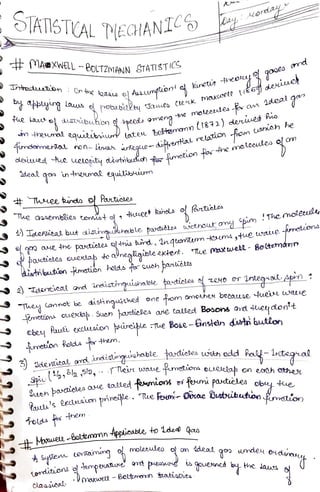
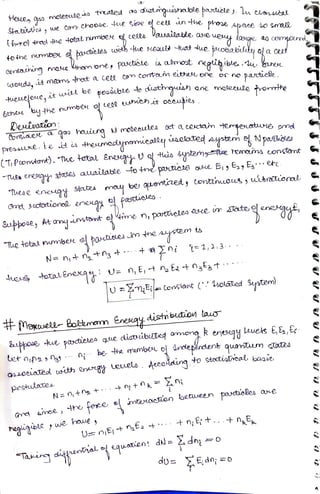
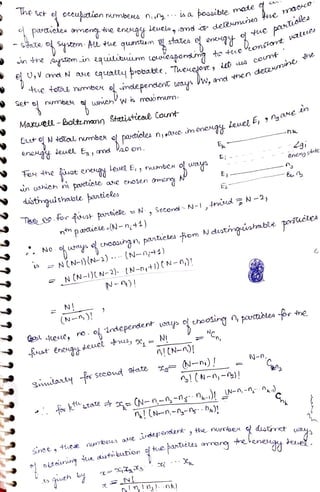
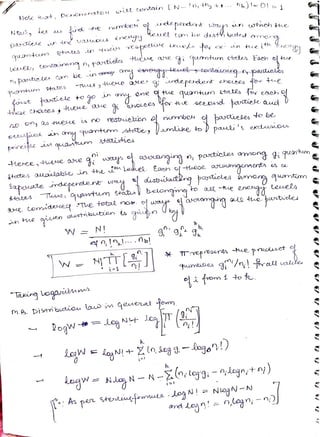

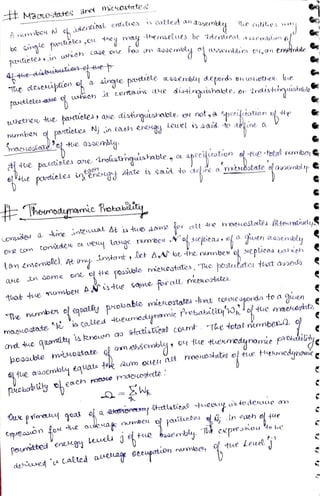
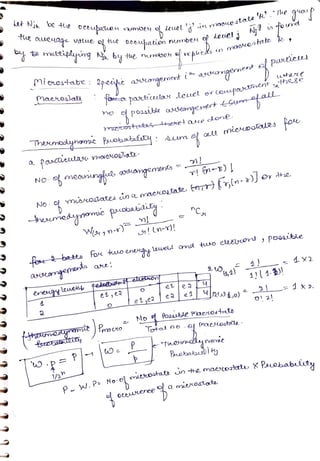


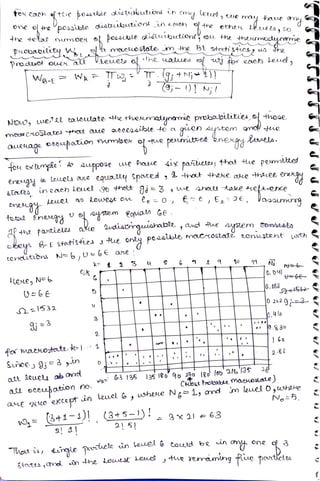
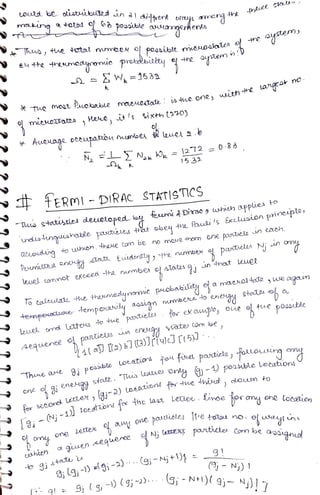




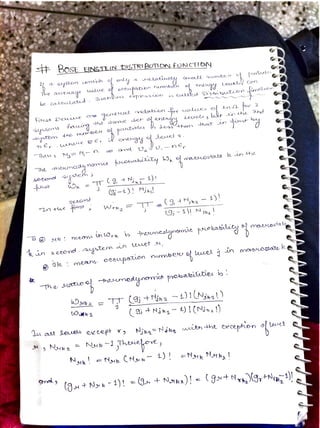
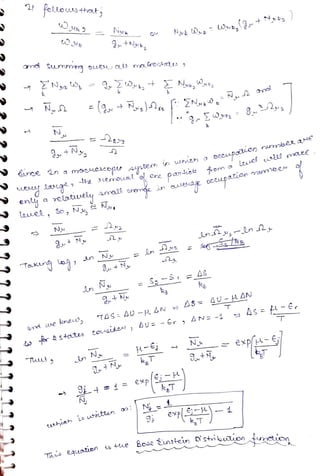
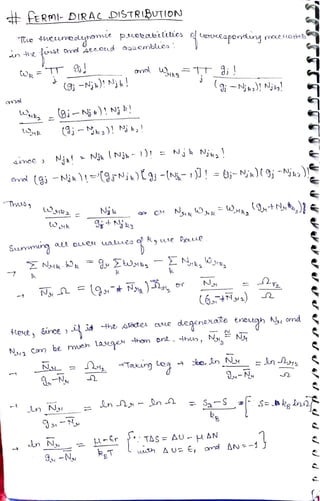
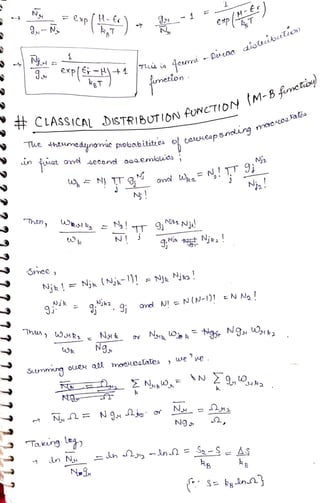
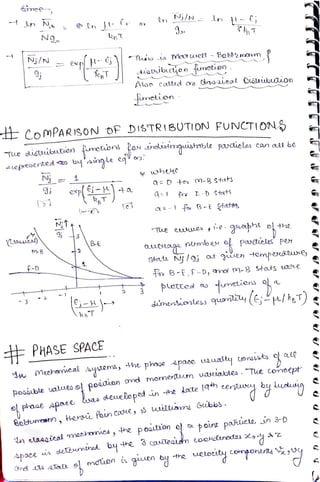

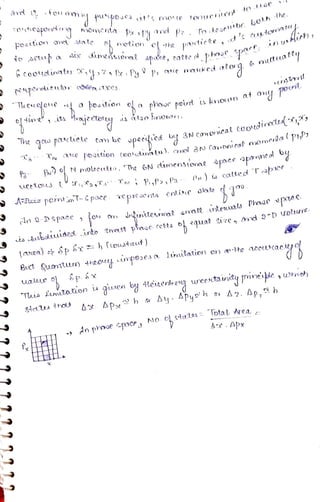
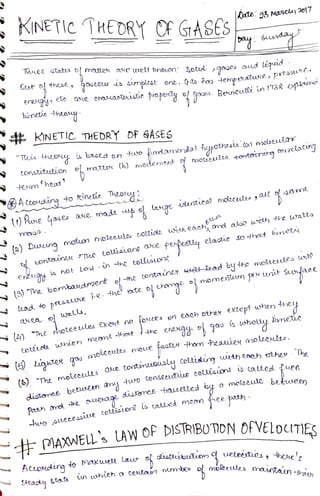
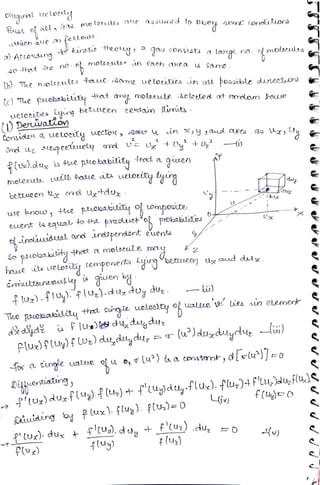
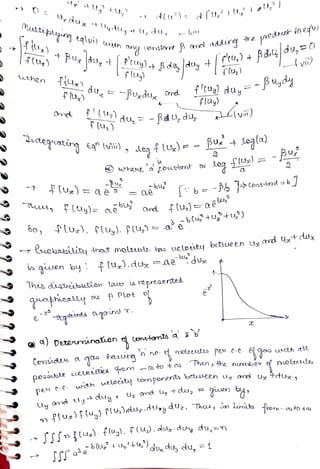
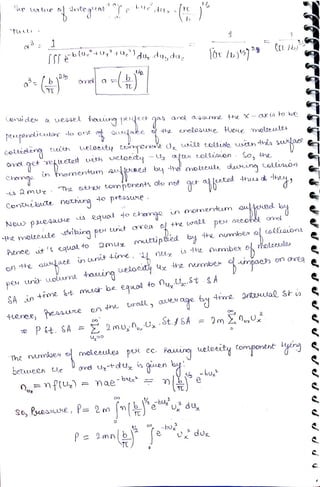
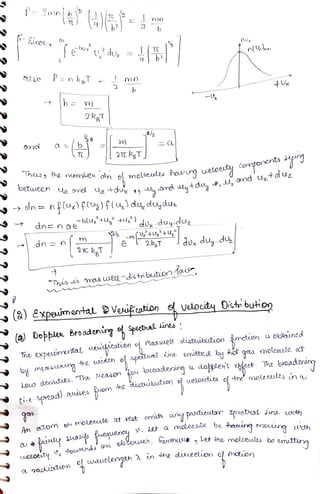



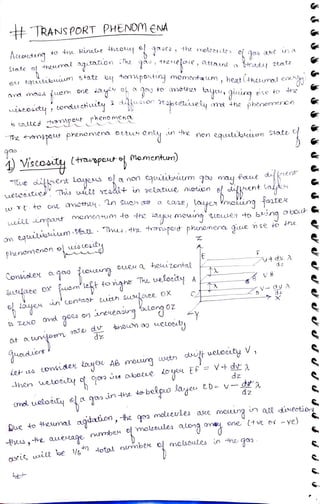

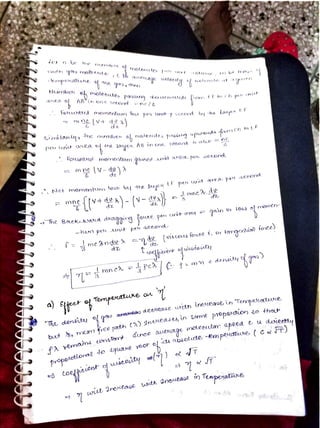
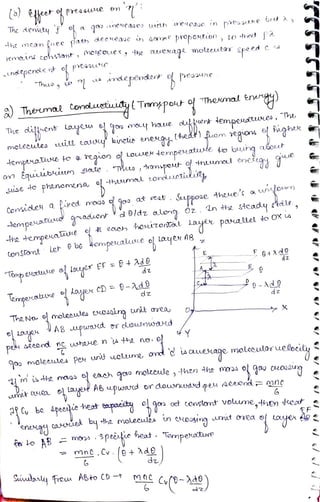
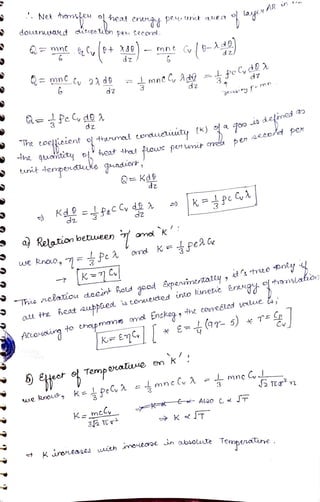

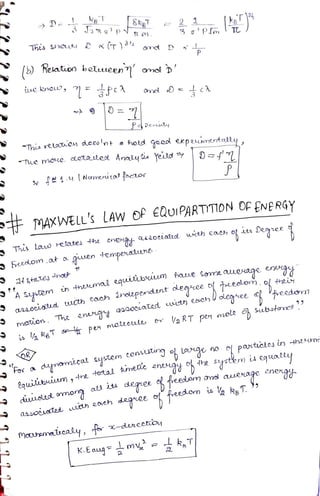
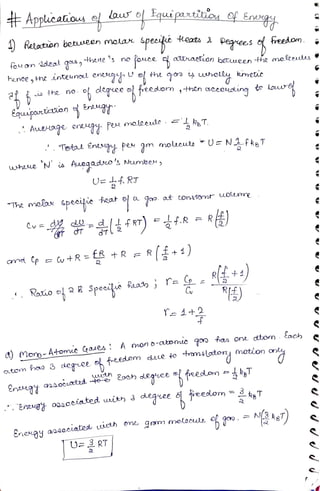
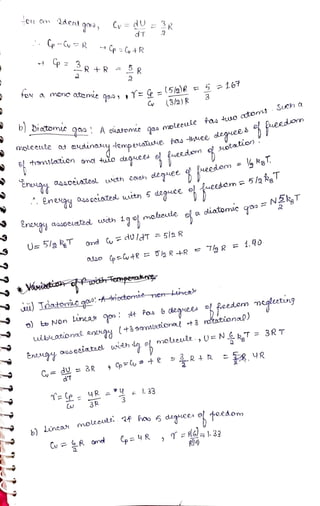
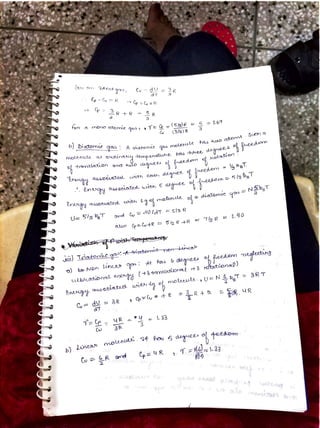
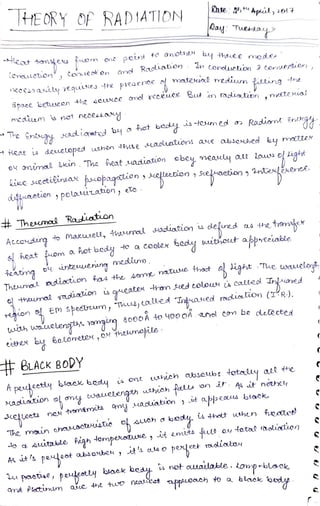
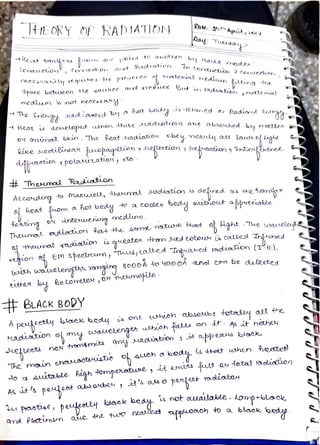
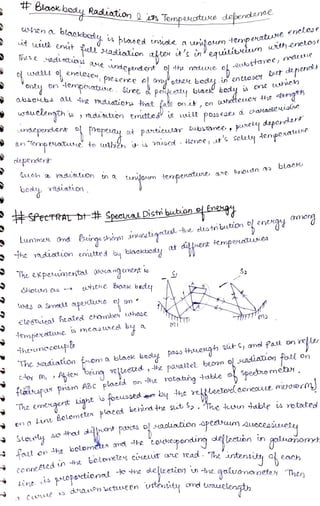

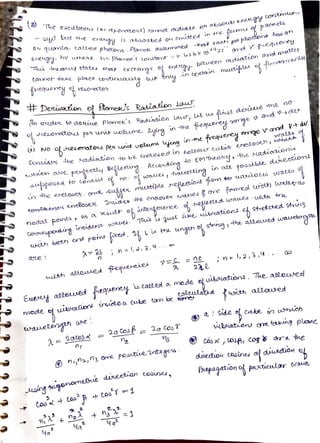
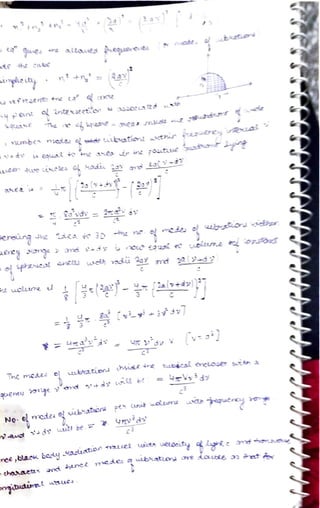
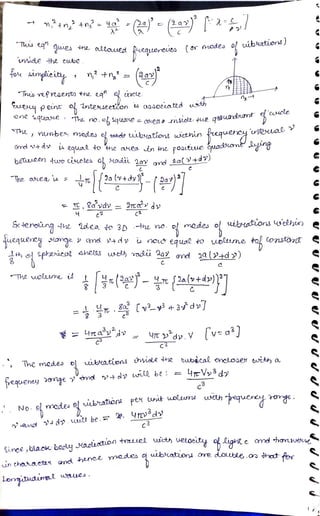
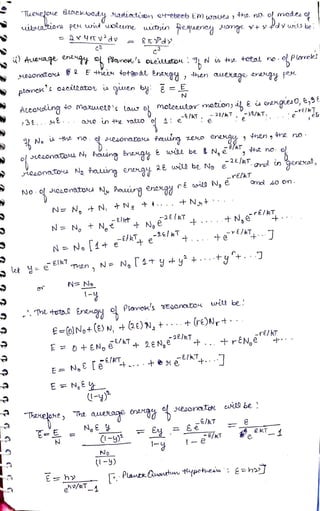
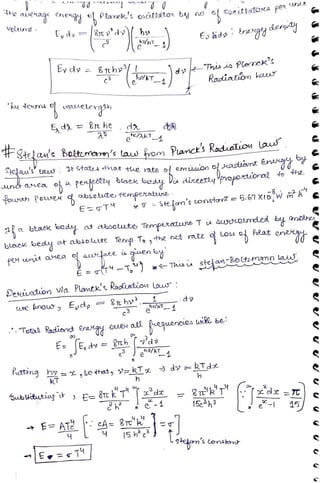
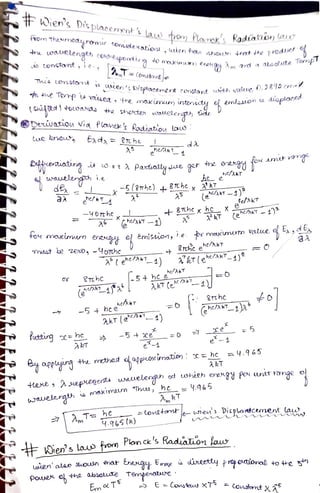

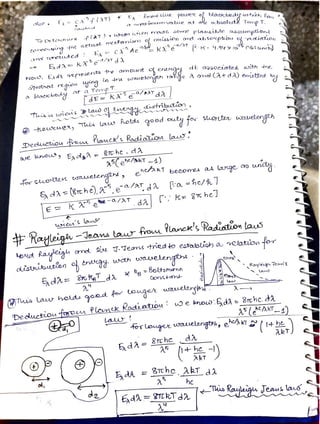
Ad
Recommended
Reaction mechanism i
Reaction mechanism iAayashaNegi
╠²
The document appears to be a scanned copy of a legal contract for the sale of a residential property located in California. The contract details the purchase price of $625,000, down payment terms, closing date, included appliances to convey with the property, and standard contingencies. The contract is signed by both the buyer and seller agreeing to the terms of the sale.Quantum chemistry scizon sahender sir
Quantum chemistry scizon sahender sirAayashaNegi
╠²
This document contains contact information for a copy shop located in New Delhi, India. It lists the shop's address, mobile numbers, and email address. It also lists the subject "Quantum Chemistry 170" but does not provide any other details.Hydrogenation
HydrogenationAayashaNegi
╠²
This document summarizes hydrogenation reactions using both heterogeneous and homogeneous catalysts. It discusses the mechanisms and selectivity of hydrogenation of alkenes, carbonyls, nitriles, nitro groups and azides using catalysts like platinum, palladium and rhodium. It also covers directed hydrogenation, asymmetric hydrogenation and transfer hydrogenation reactions. The order of reactivity for reducing different functional groups is provided.chemical equilibrium and thermodynamics
chemical equilibrium and thermodynamicsAayashaNegi
╠²
1. The document discusses key concepts in chemical thermodynamics including the first law of thermodynamics. It defines important terms like system, surroundings, state functions, extensive and intensive properties.
2. The first law states that energy can be transformed but not created or destroyed. For a process, the change in internal energy of a system equals the heat transferred plus work done.
3. Enthalpy is a state function equal to the internal energy plus the product of pressure and volume. For a constant pressure process, the enthalpy change equals the heat transferred. thermo and-electro
thermo and-electroAayashaNegi
╠²
The document discusses the history and development of chocolate over centuries. It details how cocoa beans were first used by Mesoamerican cultures before being introduced to Europe. Chocolate then grew in popularity on the continent and became widely consumed after innovations in production and processing made it more accessible. theory of gases and solid state
theory of gases and solid stateAayashaNegi
╠²
This document provides information about the kinetic theory of gases and gas laws. It begins by outlining the key postulates of the kinetic theory, including that gases are composed of molecules in constant random motion that exert pressure during collisions with container walls. It then derives the kinetic gas equation and shows how the ideal gas law and other gas laws can be obtained from it. The document also discusses real gas behavior and Van der Waals' equation of state, which introduces corrections for molecular volume and intermolecular forces.Nmr nqr__epr__and_mossbauer_spectroscopy_in_inorganic_chemistry__ellis_horwo...
Nmr nqr__epr__and_mossbauer_spectroscopy_in_inorganic_chemistry__ellis_horwo...AayashaNegi
╠²
The document discusses the history and development of chocolate over centuries. It details how cocoa beans were first used by Mesoamerican cultures before being introduced to Europe. Chocolate then evolved from a luxury good to a mass-produced confection as production methods advanced and it became commercially viable on a larger scale.Aromaticty
Aromaticty AayashaNegi
╠²
The document discusses the criteria for determining if a compound is aromatic, antiaromatic, nonaromatic, homoaromatic, quasiaromatic, or mesoionic. Some key points include:
- Aromatic compounds must have a cyclic conjugated pi system with 4n+2 pi electrons, exhibiting stabilization through resonance.
- Antiaromatic compounds have 4n pi electrons in their cyclic conjugated system, increasing electronic energy.
- Nonaromatic compounds do not form continuous pi orbital overlap or are nonplanar.
- Homoaromatic compounds contain an sp3 carbon forcing pi electron delocalization to pass through it.
- Quasiaromatic compounds involve charge in the aromatic pi systemElimination reaction
Elimination reactionAayashaNegi
╠²
1) The document discusses different types of elimination reactions, including E1, E2, and E1cB mechanisms.
2) E1 reactions involve the generation of a carbocation intermediate, while E2 reactions occur in one step without intermediates. E1cB reactions first form a carbanion intermediate before the leaving group departs.
3) The mechanism depends on factors like the substrate, leaving group, solvent, and strength of the base used. Zaitsev's, Hofmann, and Bredt's rules also influence the regiochemistry of double bond formation.Substitution reactions
Substitution reactionsAayashaNegi
╠²
Nucleophilic substitution reactions involve a nucleophile reacting with an alkyl halide substrate by replacing the halogen leaving group. There are two types of nucleophilic substitution reactions: SN1 and SN2. In an SN1 reaction, the alkyl halide first undergoes heterolysis to form a carbocation intermediate which the nucleophile then attacks. The rate depends only on the concentration of the alkyl halide. In contrast, an SN2 reaction is a concerted bimolecular process where the nucleophile attacks the alkyl halide as the C-X bond breaks. The rate depends on both the concentrations of the alkyl halide and nucleophile.Revision notes on redox reactions and electrochemistry
Revision notes on redox reactions and electrochemistryAayashaNegi
╠²
Electrochemistry deals with chemical changes caused by electric current and the conversion between chemical and electrical energy. Substances can be conductors or non-conductors of electricity. Conductors include metals and electrolyte solutions, which conduct electricity through electron or ion movement respectively. Key differences between metallic and electrolytic conduction include whether chemical changes occur and if matter is transferred during the process.Revision notes on redox reactions and electrochemistry
Revision notes on redox reactions and electrochemistryAayashaNegi
╠²
Electrochemistry deals with chemical changes caused by electric current. Substances can be conductors or non-conductors of electricity. Conductors include metals and electrolytes, which conduct by electron or ion movement respectively. Redox reactions involve the transfer of electrons from one species to another, changing their oxidation states. Balancing redox reactions uses half-reactions and ensures equal electron transfer.Metal carbonyl complex
Metal carbonyl complexAayashaNegi
╠²
The document discusses the accidental discovery of sandwich complexes and their structures. It summarizes that in 1951, two groups discovered cyclopentadienyl complexes of metals which had unexpected properties that did not match what was expected. This led to proposals of sandwich structures by Wilkinson/Woodward and Fischer. Their work to synthesize various metallocenes resulted in a shared Nobel Prize in 1973. Sandwich complexes have since been found to have applications including in making carbon nanotubes.Enolate chemistry
Enolate chemistry AayashaNegi
╠²
This document discusses enolate chemistry, including the formation and reactivity of enolates. It describes:
1. How enolates are formed through deprotonation of ketones using bases, and how the pKa values of acidic protons can predict suitable bases.
2. Methods for regioselective and stereoselective enolate formation, including kinetic vs thermodynamic control and the factors that influence each.
3. Important reactions of enolates including silyl enol ether formation, alkylation, reactions with enones, and aldol reactions. It highlights the need for regioselective and stereoselective control in aldol reactions.
4. How lithium, borGaseous state2
Gaseous state2AayashaNegi
╠²
The document outlines the terms and conditions for a home loan agreement between a lender and borrower. It specifies details such as the loan amount, interest rate, repayment schedule, borrower obligations, default conditions, and foreclosure procedures. The lender retains the right to foreclose on the property if the borrower fails to meet their repayment obligations over an extended period.Gaseous state2
Gaseous state2AayashaNegi
╠²
The document outlines the terms and conditions for a home loan agreement between a lender and borrower. It specifies details such as the loan amount, interest rate, repayment schedule, borrower obligations, default conditions, and foreclosure procedures. The lender agrees to provide a loan to the borrower to purchase a home, and the borrower agrees to repay the loan amount plus interest according to the payment schedule or face penalties for default or foreclosure on the property.Gaseous state
Gaseous stateAayashaNegi
╠²
The document discusses the properties of gases including that gases are easily compressed, have molecules that are far apart with intermittent collisions, and can diffuse readily into any container and expand completely to fill the volume of its container. It also notes that the kinetic molecular theory can be used to derive gas laws including Boyle's law, Charles' law, the ideal gas law, Graham's law of diffusion, and Avogadro's law.Deconstruction Analysis The adventure of devil's foot by Sir Arthur Conan Doyle
Deconstruction Analysis The adventure of devil's foot by Sir Arthur Conan Doylestaverechard
╠²
Arthur Conan Doyle (1859-1930) was a Scottish writer and physician who is widely recognized as the creator of the legendary detective character, Sherlock Holmes. Born in Edinburgh, Doyle studied medicine at the University of Edinburgh, where he began writing short stories in his spare time. Although he initially worked as a doctor, his name became widely known when he published the Sherlock Holmes stories, starting with A Study in Scarlet (1887). (Sakula,1997). Sherlock Holmes and Dr. Watson are on holiday in Cornwall, seeking rest for Holmes. They become involved in a mysterious case involving the deaths and madness of the Tregennis family. One sister dies with a terrified expression, while the two brothers are found insane. Holmes discovers that a rare West African poison called "DevilŌĆÖs Foot" was used, which affects the mind. The murderer is ultimately revealed to be Dr. Leon Sterndale, an explorer and relative of the family, who takes justice into his own hands. Science 8 Quarter 4 first quiz digestive system.docx
Science 8 Quarter 4 first quiz digestive system.docxjunefermunez
╠²
Quiz for the topic Digestive System. 4th QaurterIntroductory Material for Markov-chain Description of Abzymes Catalysis
Introductory Material for Markov-chain Description of Abzymes CatalysisOrchidea Maria Lecian
╠²
speaker: Orchidea Maria Lecian
Authors: Orchidea Maria Lecian, seergey Suchkov
Title: Introductory Material for
Markov-chain Description of Abzymes Catalysis
Talk presented at the International Symposium on
Public Health and Epidemiology and
Immunology Research
12-13 June 2025, Rome, Italy on 13 June 2025.More Related Content
More from AayashaNegi (11)
Elimination reaction
Elimination reactionAayashaNegi
╠²
1) The document discusses different types of elimination reactions, including E1, E2, and E1cB mechanisms.
2) E1 reactions involve the generation of a carbocation intermediate, while E2 reactions occur in one step without intermediates. E1cB reactions first form a carbanion intermediate before the leaving group departs.
3) The mechanism depends on factors like the substrate, leaving group, solvent, and strength of the base used. Zaitsev's, Hofmann, and Bredt's rules also influence the regiochemistry of double bond formation.Substitution reactions
Substitution reactionsAayashaNegi
╠²
Nucleophilic substitution reactions involve a nucleophile reacting with an alkyl halide substrate by replacing the halogen leaving group. There are two types of nucleophilic substitution reactions: SN1 and SN2. In an SN1 reaction, the alkyl halide first undergoes heterolysis to form a carbocation intermediate which the nucleophile then attacks. The rate depends only on the concentration of the alkyl halide. In contrast, an SN2 reaction is a concerted bimolecular process where the nucleophile attacks the alkyl halide as the C-X bond breaks. The rate depends on both the concentrations of the alkyl halide and nucleophile.Revision notes on redox reactions and electrochemistry
Revision notes on redox reactions and electrochemistryAayashaNegi
╠²
Electrochemistry deals with chemical changes caused by electric current and the conversion between chemical and electrical energy. Substances can be conductors or non-conductors of electricity. Conductors include metals and electrolyte solutions, which conduct electricity through electron or ion movement respectively. Key differences between metallic and electrolytic conduction include whether chemical changes occur and if matter is transferred during the process.Revision notes on redox reactions and electrochemistry
Revision notes on redox reactions and electrochemistryAayashaNegi
╠²
Electrochemistry deals with chemical changes caused by electric current. Substances can be conductors or non-conductors of electricity. Conductors include metals and electrolytes, which conduct by electron or ion movement respectively. Redox reactions involve the transfer of electrons from one species to another, changing their oxidation states. Balancing redox reactions uses half-reactions and ensures equal electron transfer.Metal carbonyl complex
Metal carbonyl complexAayashaNegi
╠²
The document discusses the accidental discovery of sandwich complexes and their structures. It summarizes that in 1951, two groups discovered cyclopentadienyl complexes of metals which had unexpected properties that did not match what was expected. This led to proposals of sandwich structures by Wilkinson/Woodward and Fischer. Their work to synthesize various metallocenes resulted in a shared Nobel Prize in 1973. Sandwich complexes have since been found to have applications including in making carbon nanotubes.Enolate chemistry
Enolate chemistry AayashaNegi
╠²
This document discusses enolate chemistry, including the formation and reactivity of enolates. It describes:
1. How enolates are formed through deprotonation of ketones using bases, and how the pKa values of acidic protons can predict suitable bases.
2. Methods for regioselective and stereoselective enolate formation, including kinetic vs thermodynamic control and the factors that influence each.
3. Important reactions of enolates including silyl enol ether formation, alkylation, reactions with enones, and aldol reactions. It highlights the need for regioselective and stereoselective control in aldol reactions.
4. How lithium, borGaseous state2
Gaseous state2AayashaNegi
╠²
The document outlines the terms and conditions for a home loan agreement between a lender and borrower. It specifies details such as the loan amount, interest rate, repayment schedule, borrower obligations, default conditions, and foreclosure procedures. The lender retains the right to foreclose on the property if the borrower fails to meet their repayment obligations over an extended period.Gaseous state2
Gaseous state2AayashaNegi
╠²
The document outlines the terms and conditions for a home loan agreement between a lender and borrower. It specifies details such as the loan amount, interest rate, repayment schedule, borrower obligations, default conditions, and foreclosure procedures. The lender agrees to provide a loan to the borrower to purchase a home, and the borrower agrees to repay the loan amount plus interest according to the payment schedule or face penalties for default or foreclosure on the property.Gaseous state
Gaseous stateAayashaNegi
╠²
The document discusses the properties of gases including that gases are easily compressed, have molecules that are far apart with intermittent collisions, and can diffuse readily into any container and expand completely to fill the volume of its container. It also notes that the kinetic molecular theory can be used to derive gas laws including Boyle's law, Charles' law, the ideal gas law, Graham's law of diffusion, and Avogadro's law.Recently uploaded (20)
Deconstruction Analysis The adventure of devil's foot by Sir Arthur Conan Doyle
Deconstruction Analysis The adventure of devil's foot by Sir Arthur Conan Doylestaverechard
╠²
Arthur Conan Doyle (1859-1930) was a Scottish writer and physician who is widely recognized as the creator of the legendary detective character, Sherlock Holmes. Born in Edinburgh, Doyle studied medicine at the University of Edinburgh, where he began writing short stories in his spare time. Although he initially worked as a doctor, his name became widely known when he published the Sherlock Holmes stories, starting with A Study in Scarlet (1887). (Sakula,1997). Sherlock Holmes and Dr. Watson are on holiday in Cornwall, seeking rest for Holmes. They become involved in a mysterious case involving the deaths and madness of the Tregennis family. One sister dies with a terrified expression, while the two brothers are found insane. Holmes discovers that a rare West African poison called "DevilŌĆÖs Foot" was used, which affects the mind. The murderer is ultimately revealed to be Dr. Leon Sterndale, an explorer and relative of the family, who takes justice into his own hands. Science 8 Quarter 4 first quiz digestive system.docx
Science 8 Quarter 4 first quiz digestive system.docxjunefermunez
╠²
Quiz for the topic Digestive System. 4th QaurterIntroductory Material for Markov-chain Description of Abzymes Catalysis
Introductory Material for Markov-chain Description of Abzymes CatalysisOrchidea Maria Lecian
╠²
speaker: Orchidea Maria Lecian
Authors: Orchidea Maria Lecian, seergey Suchkov
Title: Introductory Material for
Markov-chain Description of Abzymes Catalysis
Talk presented at the International Symposium on
Public Health and Epidemiology and
Immunology Research
12-13 June 2025, Rome, Italy on 13 June 2025.Science Experiment: Properties of Water.pptx
Science Experiment: Properties of Water.pptxmarionrada1985
╠²
Different experiments to know the properties of waterGas Exchange in Insects and structures 01
Gas Exchange in Insects and structures 01PhoebeAkinyi1
╠²
Description of structures involved in gaseous exchangeInternational Journal of Pharmacological Sciences (IJPS)
International Journal of Pharmacological Sciences (IJPS)journalijps98
╠²
Call for Research Articles.!!!
FREE PUBLICATION CHARGES
International Journal of Pharmacological Sciences (IJPS)
Webpage URL : https://www.wireilla.com/medical/IJPS/index.html
Wikicfp Url:http://www.wikicfp.com/cfp/servlet/event.showcfp?eventid=181292©ownerid=33993
Authors are invited to submit papers through the Journal Submission System
http://allcfps.com/wireilla/submission/index.php
Submission Deadline : June 17, 2025
Contact Us
Here's where you can reach us : journalijps98@gmail.com or ijpsjournal@wireilla.comPneumonia Presentation for CPG Review and Mastery
Pneumonia Presentation for CPG Review and MasteryJayricDepalobos
╠²
Pneumonia Presentation for Internal Medicine DepartmentGBSN_ Unit 1 - Introduction to Microbiology
GBSN_ Unit 1 - Introduction to MicrobiologyAreesha Ahmad
╠²
Microbiology for Nursing students - According to New PNC course curriculum - 2025The Emergence of Signatures of AGI: The Physics of Learning
The Emergence of Signatures of AGI: The Physics of LearningCharles Martin
╠²
A talk for the Cybernetic Society
Death in Sleep Apnea: Who and How It Kills
Death in Sleep Apnea: Who and How It KillsRichard Castriotta
╠²
Evaluation of mortality in obstructive sleep apnea.Ad